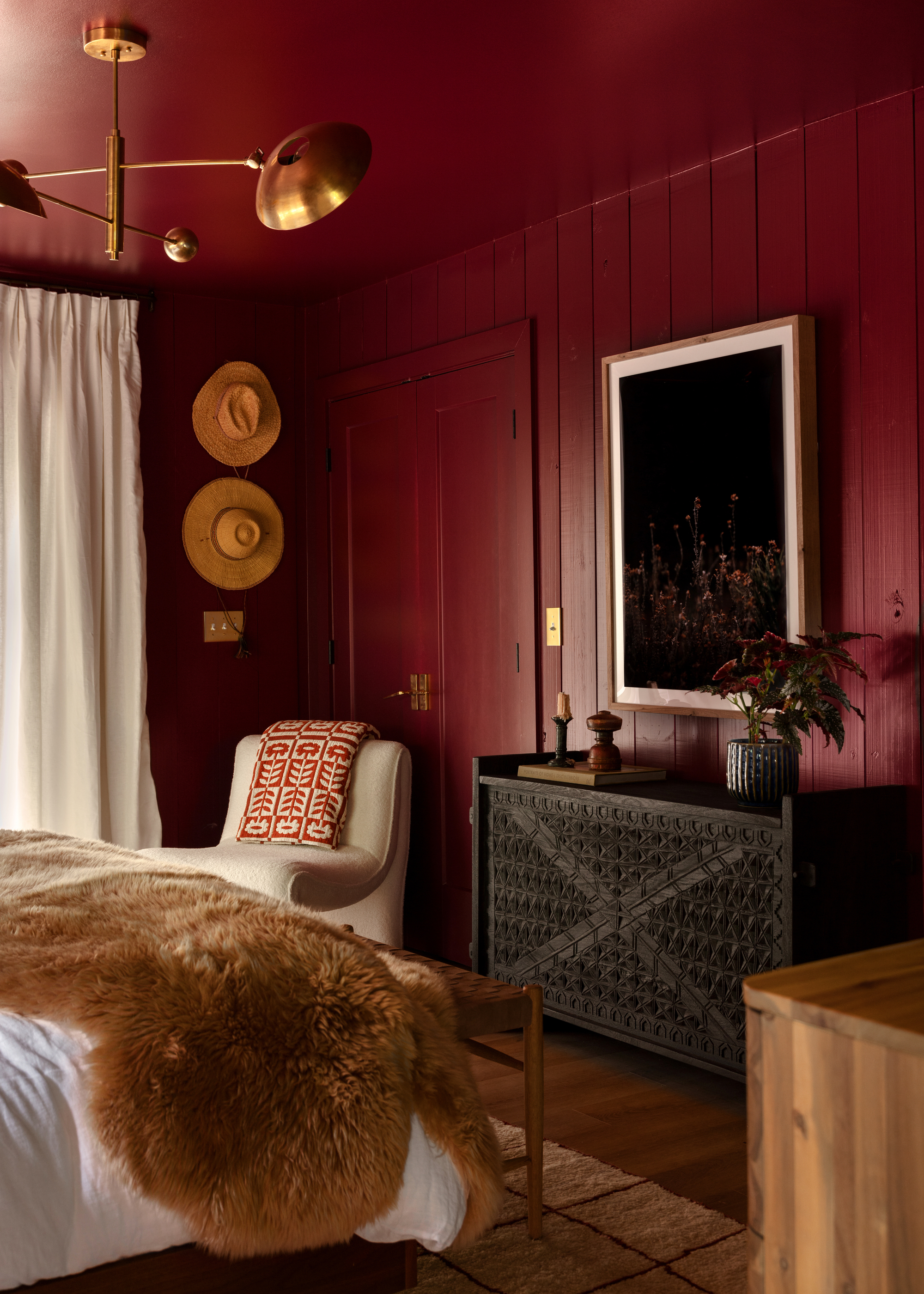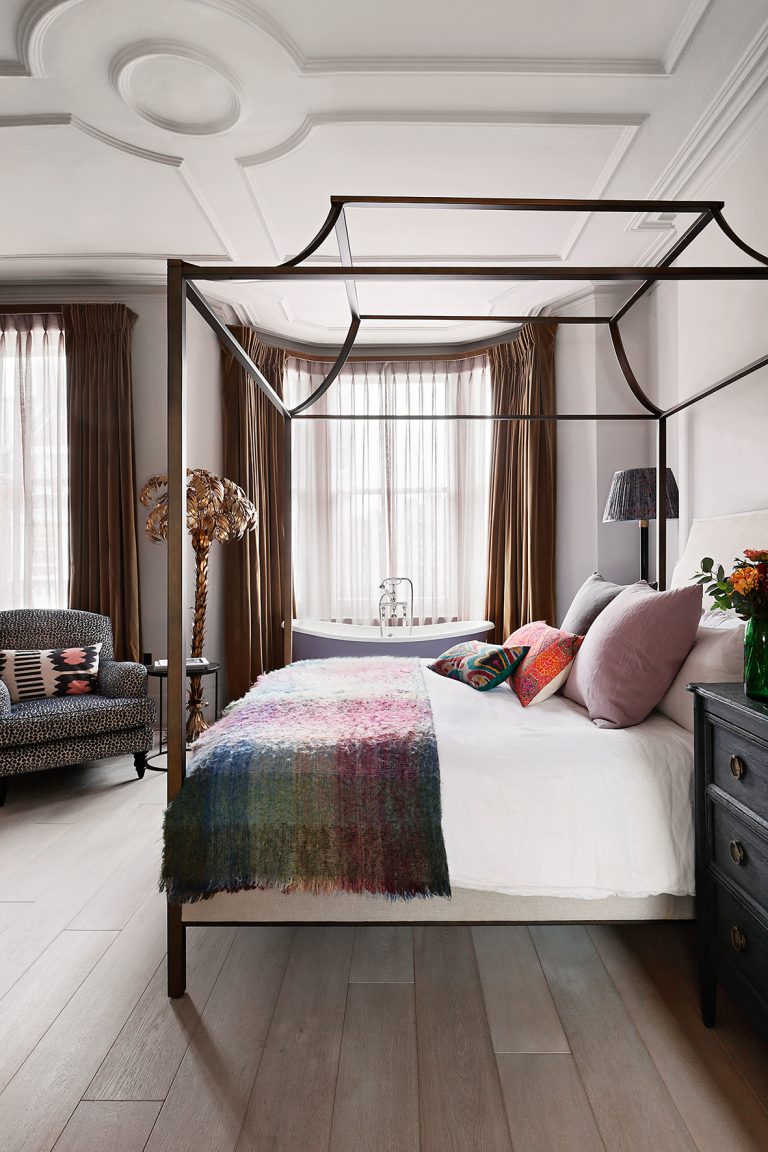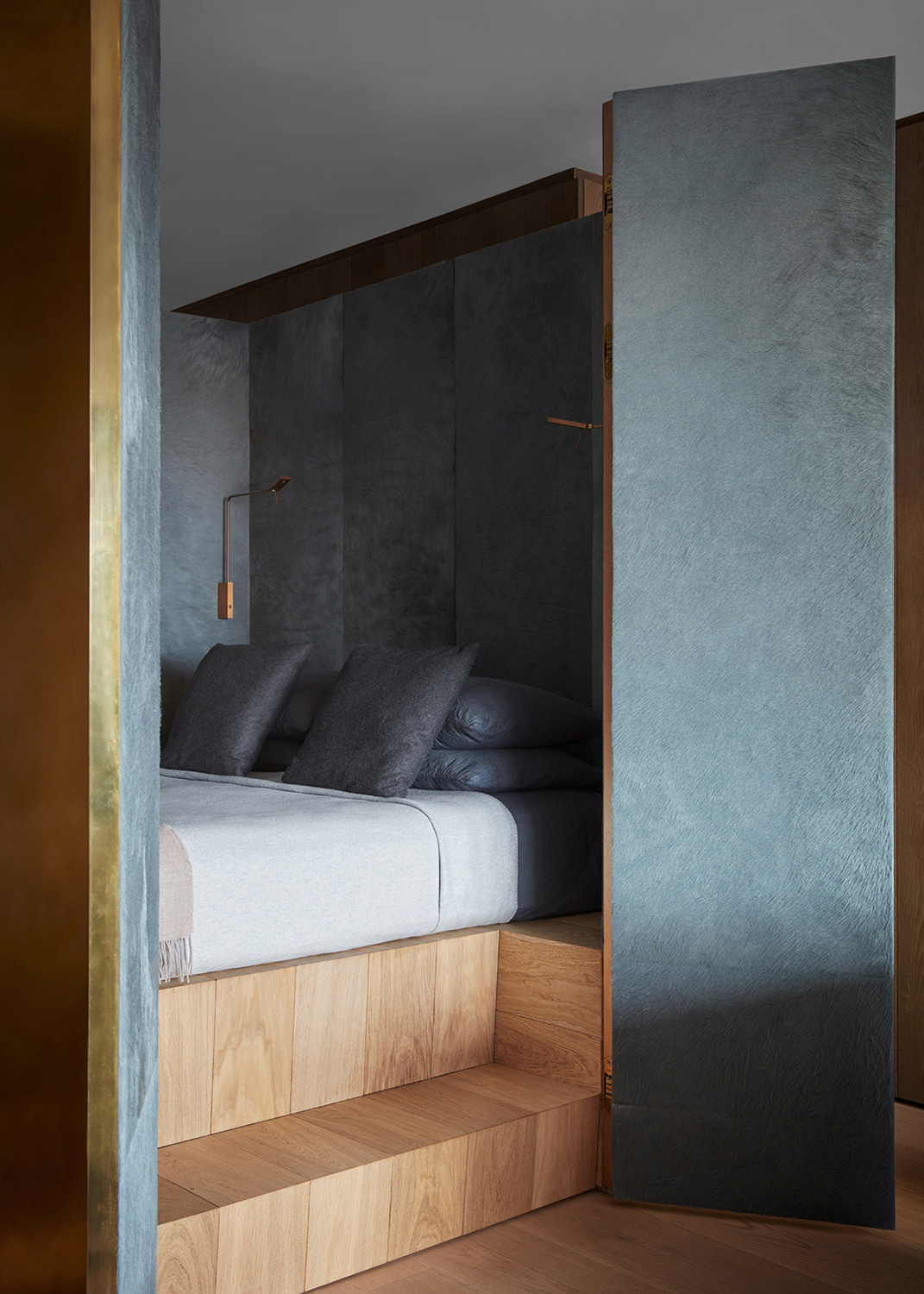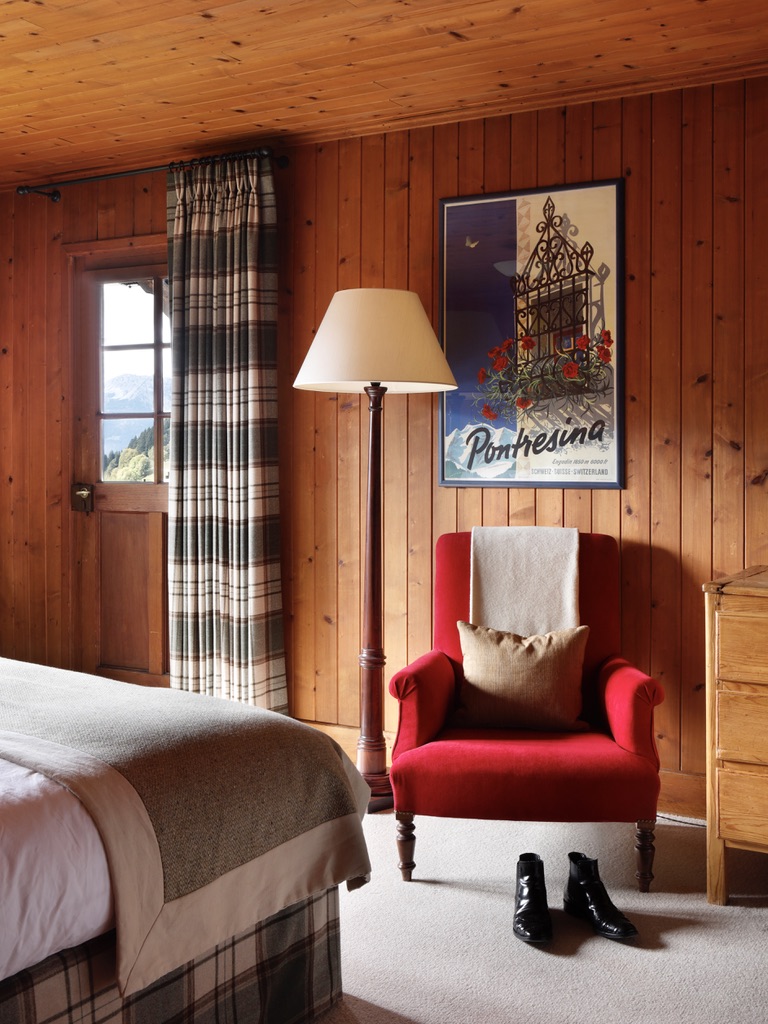"It's Time to Make Yourself a Bedwomb," a Design Expert Tells Me — Why the Smallest Bedroom Is Best and How It Can Improve Your Sleep
"The quieter, the softer, the more contained they are, the greater the sense of enclosure," says The Designer Professor. Here are 4 ways to create your "bedwomb"


"Bedwomb" is not a word we thought we'd be sharing with you any time soon, but, according to a design expert, the smaller your sleep space, the better, if you want to feel snug, safe and sleep-ready every night.
Small bedrooms, coined by The Design Professor as "bedwombs", are key to good sleep: "Did you know lots of people prefer sleeping in small spaces? The quieter, the softer, the more contained they are, the greater the sense of enclosure. If this sounds nice, maybe it's time to make yourself a little 'bedwomb'," she says.
The Design Professor continues, "By improving your bedroom's environment, you can improve a multitude of things including sleep, how much energy you have, and how focused you are."
When it comes to the design of a cozy bedroom, The Designer Professor says psychological research shows that "we need to feel protected when we sleep. We are extremely vulnerable in this state, and our primal mindset creates the need within us to feel safe and enclosed, and in more design terms — cozy and warm."
There is a misconception, The Design Professor points out, when people view their bedroom as their sanctuary, that it needs to be as big as possible. But, she says, when choosing your sleeping space, "opt for the smallest one. As long as you can fit a bed in it, then that will usually do the trick."
Below, she shares her tips for creating the perfect "bedwomb".
1. Use Warm Colors

One of the most important and easiest ways of curating a bedroom that feels more like a sleeping berth is through color.
The Livingetc newsletters are your inside source for what’s shaping interiors now - and what’s next. Discover trend forecasts, smart style ideas, and curated shopping inspiration that brings design to life. Subscribe today and stay ahead of the curve.
If you are looking for the bedroom paint colors that will work best for you, think of the kind of environment you prefer; Warm colors will obviously feel very cozy within a room, while cooler colors cater to those who prefer the sensation of sleeping in colder rooms with lots of blankets.
The Design Professor recommends "Painting your room with either a warm color — like red, pink, peach, or yellow — or a cool color with a warm undertone," to achieve an overall smaller and cozier feel. Having this added warmth within your bedroom paint color has the "effect of the walls approaching as opposed to how cool colors make the walls feel like they are receding," says the Design Professor.
2. Create a Canopy

A cozy, sleeping nook space can still be achieved within a large bedroom layout. It is all about the way you set up the area around your bed. The Design Professor says, "an enclosure can be created from simply having a four-poster bed with a canopy, or you can even attach curtains to the ceiling around the footprint of where your bed sits." When it is time to tuck in at night, you can pull the curtains and really make yourself feel enclosed within the room.
Canopy beds are popular option for many hotel-style rooms. If you want to have a lounge area within your room or have the luxury of enjoying beautiful views out of your bedroom windows having this moment of sanctuary that curtains and canopies bring will help you carve out a designated sleeping area.
3. Divide your space

In alignment with the function that canopy beds bring, you can take your small space design even further by sectioning your sleeping space off from the rest of your room. Sleep nooks are the ideal, but not always possible.
Room dividers and modular bookshelves are another alternative. The Design Professor says, "I live in New York, and am familiar with the struggles of making a studio apartment cozy. Anything you can use to partition your space will help with making your bedroom area feel smaller and more relaxed."
Arranging your bed in the corner of your room is a perfect way to emulate a nook-like feel and enclose your space.
4. Keep Your Wall Decor to a Minimum

Small spaces can feel cluttered. However, The Design Professor explains, "the main characteristic that makes a space feel cluttered is having too many different elements within it."
She notes that psychologically our brains are always trying to subconsciously group together similar items within a room —be it all red things, all triangular things, or all fuzzy things. In psychology, this is called Gestalt grouping. In bedroom design, "When there are way too many different decorations and furnishings it ends up feeling very cluttered and overstimulating."
Overstimulation is the opposite of what you want in your bedroom. To avoid this feeling, it is best to keep full walls of decor, like gallery walls, in spaces that are naturally larger and more energized like the living room.
Keeping bedroom wall decor to a minimum will streamline the purpose of your space and keep the feeling of a small, intentional nest.
Makes sense, right? While most of us obsess over making small bedrooms look bigger, at the end of the day, we all want a cozy place to lay our heads at night, and a "bedwomb" can be embraced as a positive.

Olivia Wolfe is a Design Writer at Livingetc. She recently graduated from University of the Arts London, London College of Communication with a Masters Degree in Arts and Lifestyle Journalism. In her previous experience, she has worked with multiple multimedia publications in both London and the United States covering a range of culture-related topics, with an expertise in art and design. At the weekends she can be found working on her oil paintings, reading, or antique shopping at one of London's many vintage markets.